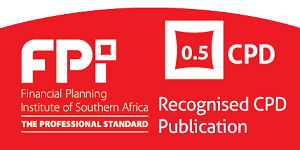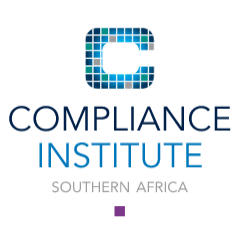Job design and job analysis: who does what, where and with what?
Publish date: 17 May 2019
Issue Number: 71
Diary: CompliNEWS
Category: General
By Lee Rossini
Understanding what work needs to be done as well as the skills and qualifications required is an essential aspect of managing a business. At its essence, the business takes inputs and through several different work processes, turns these into services which fulfill the needs of and are paid for by clients. To accomplish this result successfully, the workflow should be broken down into its constituent parts and carefully coordinated to ensure a consistent, high-quality service performed by the right people.
The main objective of job design is to ensure that the content, functions and relationships of the job are designed in such a way that the business goals are achieved, and the personal needs of the employee are satisfactorily met.
The content of the job consists of the following factors:
- the various tasks that need to be performed;
- the variety of tasks;
- the level of difficulty involved;
- task autonomy; and
- the extent to which the whole job is performed by one person.
The functions of a job cover -
- the work methods to be used;
- the coordination of the work;
- the responsibilities associated with the job;
- information and communication flows; and
- the authority necessary to do the job.
The relationships of the job include -
- the work activities shared with others in the business;
- the social relationships; and
- being part of a team.
Job design is an important component of the work environment as the design will determine the level of task accomplishment including productivity, effectiveness and efficiency. Through the process of job design, job requirements are matched with the appropriate skills and knowledge. It also focuses on the effects of doing the work on staff satisfaction, motivation, level of absenteeism and turnover. Businesses can make use of job enlargement and enrichment to enhance the work experience of staff.
Although job analysis appears to share similarities with job design, there are differences between the two. While job design focuses on the organisation of tasks to achieve the business goals, job analysis forms part of a detailed analysis of any given job with the objective of understanding its features and what it is designed to achieve. Through this process, the duties and responsibilities of the position can be defined. It is broken down into two further components: the job description and job specification.
Job analysis is important when a business is undergoing restructuring, downsizing or most importantly, when making any changes to their strategy to reflect a new reality. It calls for changes to ‘who does what, where and with what’. The process assists in determining how to reward people based on the value they are bringing into the business through knowledge and skills, especially when these contribute significantly to achieving business goals. Technology and changes in legislation will also have a bearing on job analysis. Introducing teams into a business also requires changes to be made as the clearly defined individual job function will disappear and become part of the requirements of a team. A team has more depth and breadth of skills and knowledge than individuals and can result in achieving business goals a lot faster.
Both job design and job analysis are useful human resource tools. Although it may feel challenging to draft these documents for the jobs in a business, they do not need to be complex. It may be useful to call in a specialist to assist with the initial process and thereafter it can be managed in-house as and when any changes to either the job design or analysis are required.





